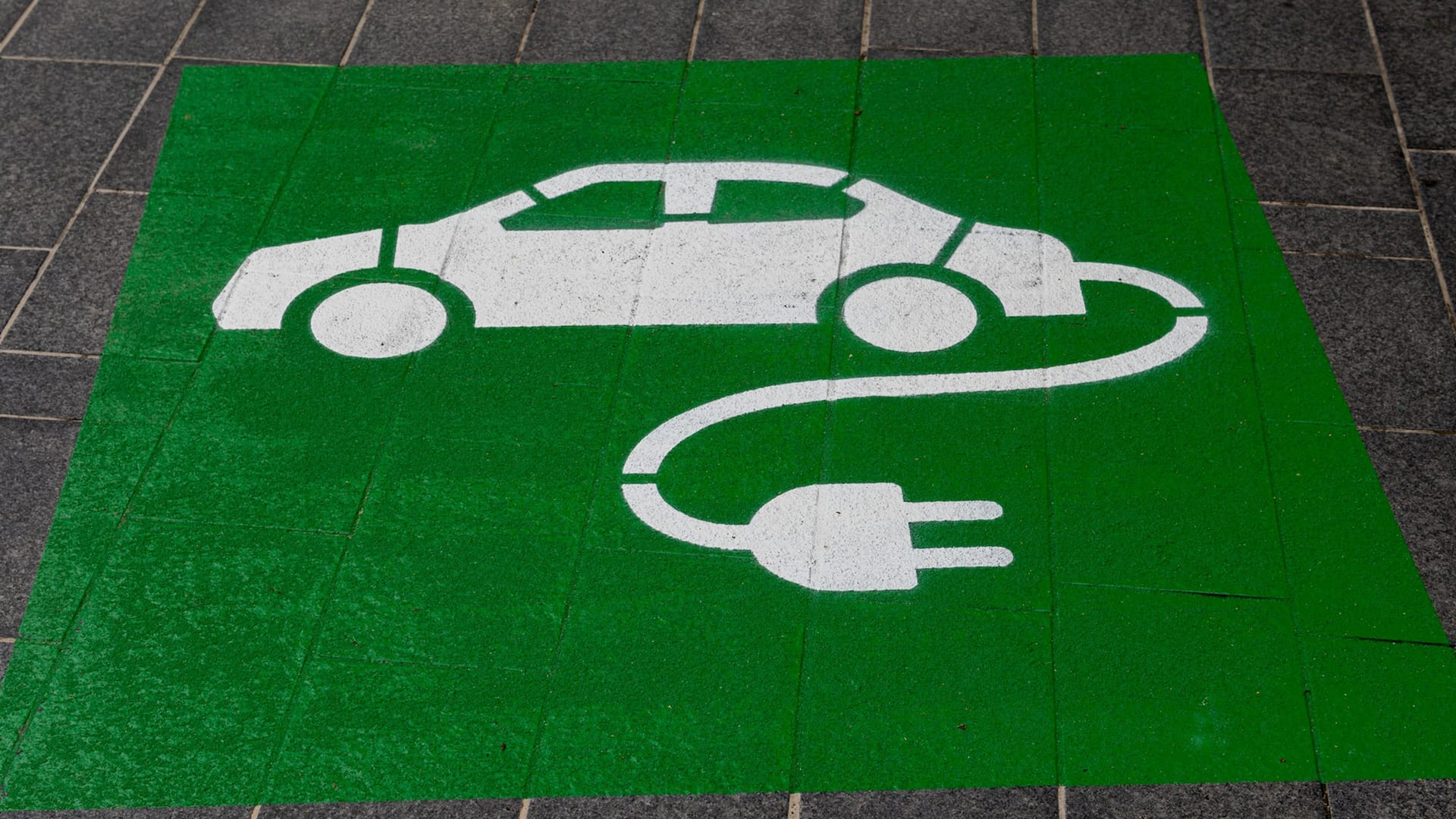A mother used her EV to power her son’s dialysis machine amid storms and a blackout | Electric vehicles with bidirectional charging can be life-saving, especially in times of power cuts and natural…::Electric vehicles with bidirectional charging can be life-saving, especially in times of power cuts and natural disasters.



Small scale power generation and storage should be the future.
It’s a fuckton cheaper to have 1000MW batteries than one huge 1GW battery.
Better for reliability too.
Maybe. But you gotta factor in maintenance and replacement costs. There’s a reason consolidation happens, and that’s because it’s cheaper to maintain one big thing with fewer people than to keep a system operational that has lot and lots of little parts.
I agree with you, a distributed system with more failsafes and backups seems like a far better idea for infrastructure continuity and security, but business doesn’t see it that way.
One answer could be to croudsource it. A mesh network of generative and storage nodes, like someone with solar and a home battery, but large enough to backfeed as needed. Perhaps on an hoa/neighborhood scale. If it could be incentivizes and achieved without undercutting the grid then it could eliminate the need for peaker plants
That would be helpful, however knowing people they’d unplug their shared car battery and save it because “me first.”
What? No. Economies of scale don’t work that way. For example, rooftop residential solar is substantially more expensive than a big field of solar, or putting them on top of large industrial buildings. Labor costs hit residential solar much harder.
Depends on the grid. If the lines and transformers are already used close to their limit, more smaller buffer batteries and smaller solar installations, closer to the user, could be more efficient and not require grid adjustments. The closet to the user, the less grid adjustments are needed.
Industrial roof solar should be standard in any new building by now. Companies need the power in the day and it can be used without even needing to use the grid.
It’s pretty common in developing countries. Growing up in India, we had frequent power cuts (not too bad as some other places, maybe like 30 mins in a day). So having backup batteries were pretty common. They’re called inverters colloquially.
We rarely have power cuts nowadays, but they’re still useful during storms and such.